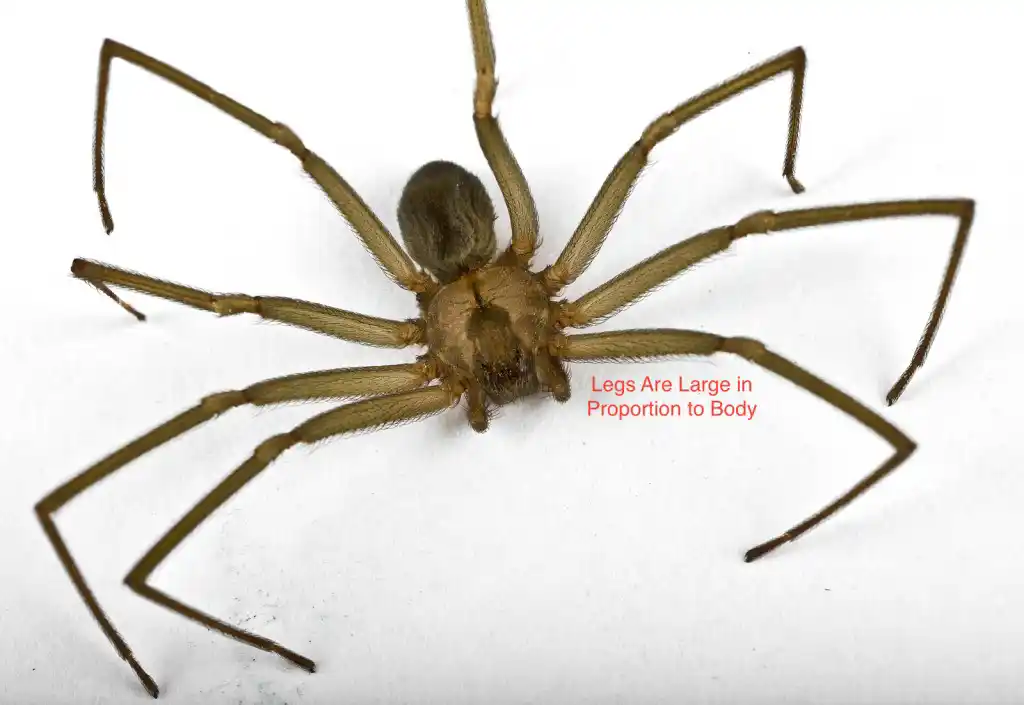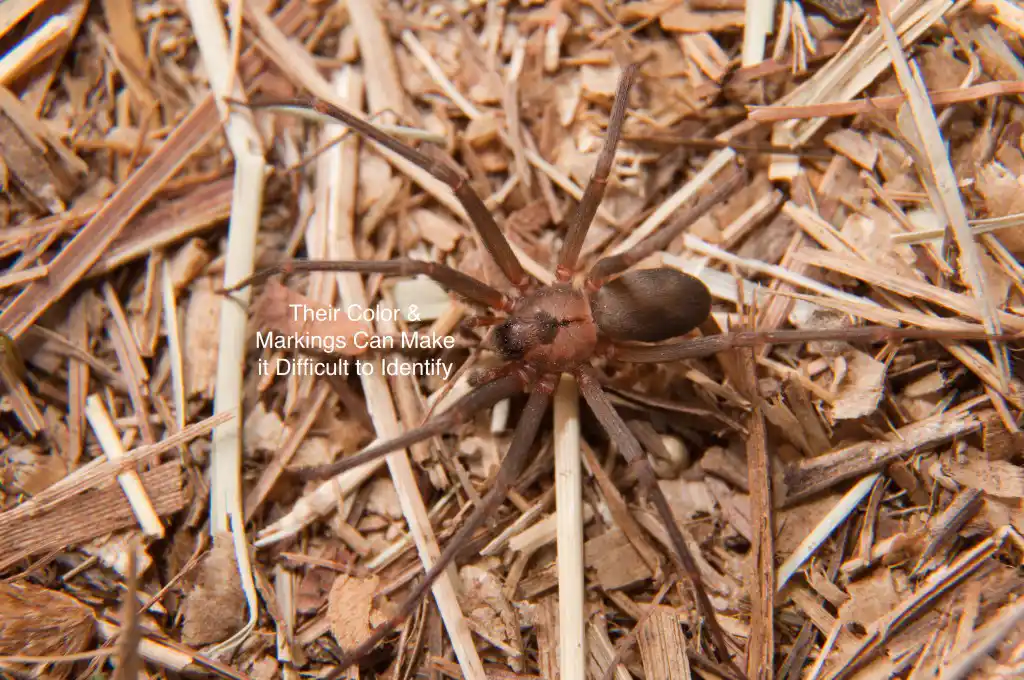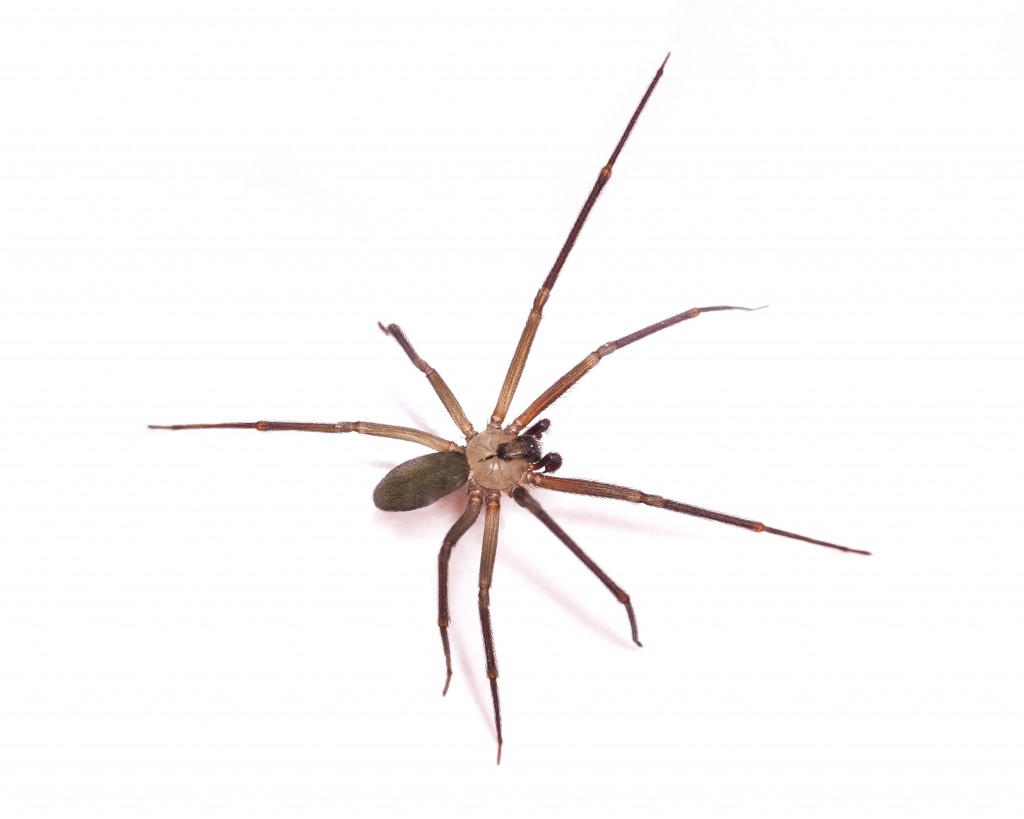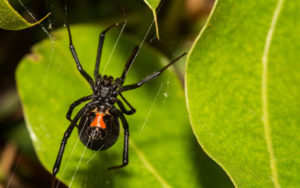 Have you noticed more and more spiders in your home recently? As summer comes to an end and the fall begins, spiders are more likely to be inside your property. Spiders typically hatch in the springtime. By the time autumn arrives, they can seem like they are in full force. These eight-legged creatures are drawn inside homes here in Sevierville TN in search of food, water, and shelter. Thankfully, most spiders you encounter in your home are harmless. That said, there are a couple spiders to keep an eye out for this fall. Keep reading for expert insight from the experts at Johnson Pest Control.
Have you noticed more and more spiders in your home recently? As summer comes to an end and the fall begins, spiders are more likely to be inside your property. Spiders typically hatch in the springtime. By the time autumn arrives, they can seem like they are in full force. These eight-legged creatures are drawn inside homes here in Sevierville TN in search of food, water, and shelter. Thankfully, most spiders you encounter in your home are harmless. That said, there are a couple spiders to keep an eye out for this fall. Keep reading for expert insight from the experts at Johnson Pest Control.
 Preventing Fall Spiders
Preventing Fall Spiders
No one wants to look up and see a spider crawling across their ceiling. To make your home less inhabitable to spiders, try out the following tips:
- Keep your lawn and yard trimmed. Overgrown bushes, shrubs, piles of wood, and more can attract spiders to your property and eventually indoors.
- Clean your home on a regular basis. Doing so can prevent insects that spiders like to prey on and eliminate hiding spots for pests.
- Seal any cracks and crevices. Inspect the inside and outside of your property for tiny spots that may be inviting spiders in, and seal properly.
- Install or repair screens on doors and windows. Holes or crevices in screens will easily invite spiders (and other pests) inside.
- Inspect boxes and used furniture prior to bringing them inside. Adult spiders or egg sacs could be nestled in old unopened boxes.
Are There Dangerous Spiders in the Fall?
The black widow and brown recluse spiders are dangerous any time of year, but are often seeing in or around your home in the late summer/early fall. Because these spiders can administer a dangerous bite when they are threatened, it’s important to learn how to identify them:
- Brown recluse spiders: These spiders have a darker brown violin-shaped mark on their brown bodies. They build loose, dome-shaped webs for shelter. A brown recluse bite is known to be very painful.
- Black widow: These spiders have a characteristic red hourglass shape on its body. They build sticky, tangled cobwebs in garages, sheds, and near the ground. They can bite when they feel threatened.
When to Get Spider Control
Seeing a few house spiders here and there is perfectly normal, especially this time of year. So how do you know when it’s time for a spider exterminator? If you are noticing excess webs, spiders, or dangerous spiders in your home, the experts at Johnson are here to help.
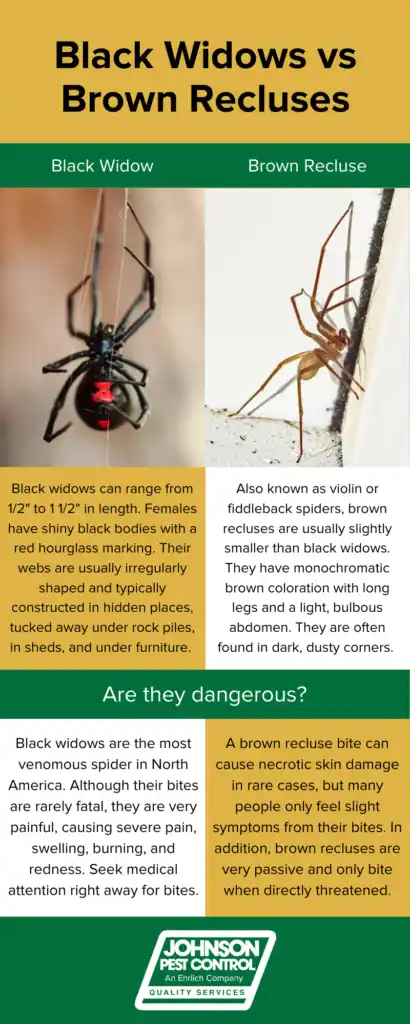 Preventing Fall Spiders
Preventing Fall Spiders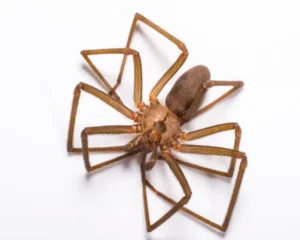 But Where do Brown Recluse Spiders Live?
But Where do Brown Recluse Spiders Live?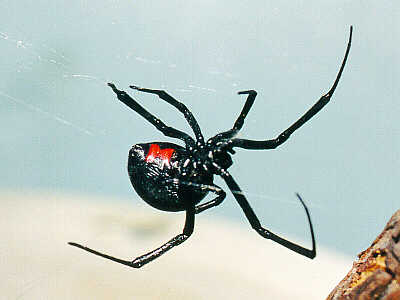 There are a lot of bugs out there in the world that do nothing but look weird and freak us out. However, there are a number of bugs here in that actually do pose a danger to humans either through carried diseases or poisonous bites. So from West Nile to the Brown Recluse here is a pretty good run down of Tennessee bugs that can cause a little hurt.
There are a lot of bugs out there in the world that do nothing but look weird and freak us out. However, there are a number of bugs here in that actually do pose a danger to humans either through carried diseases or poisonous bites. So from West Nile to the Brown Recluse here is a pretty good run down of Tennessee bugs that can cause a little hurt.